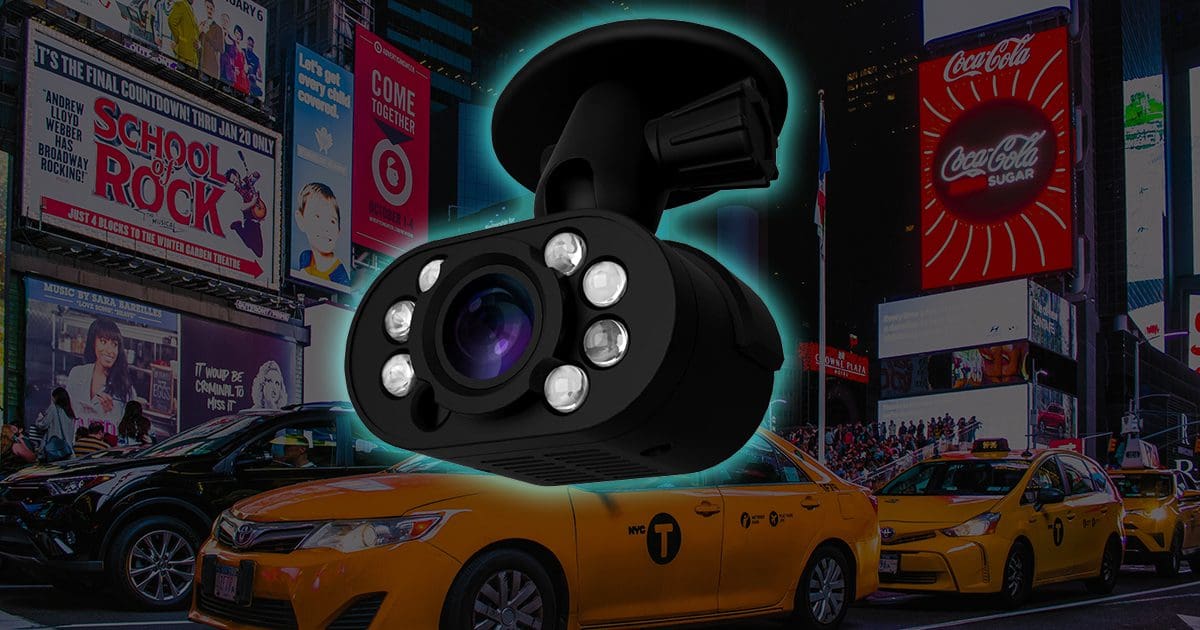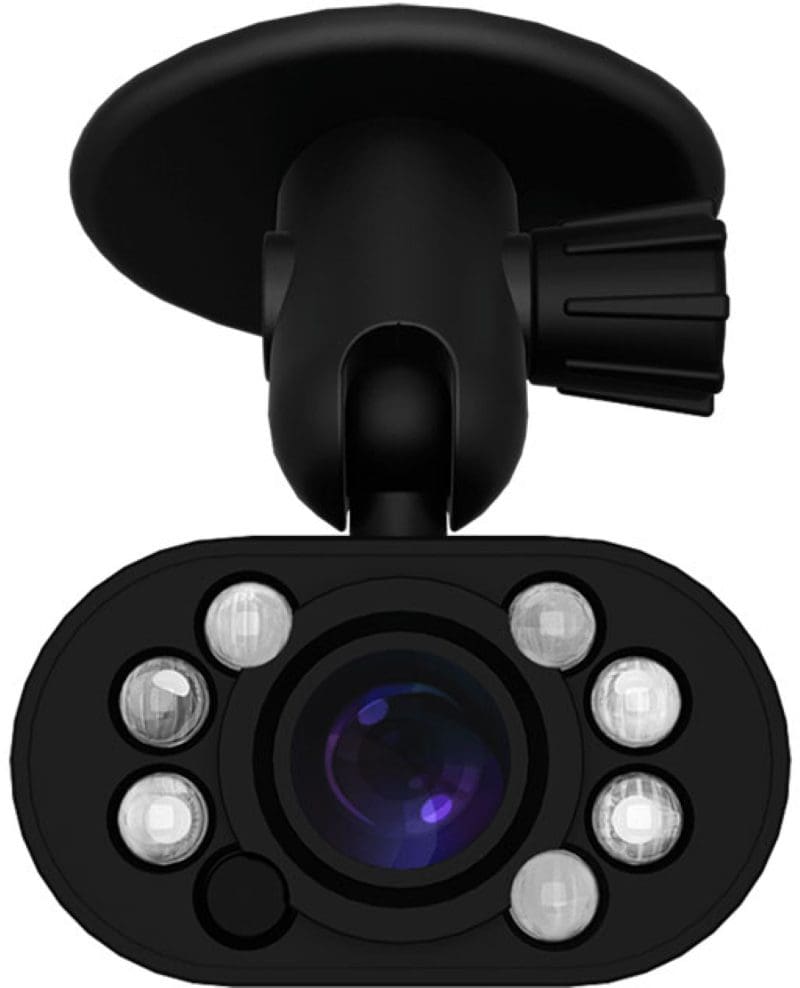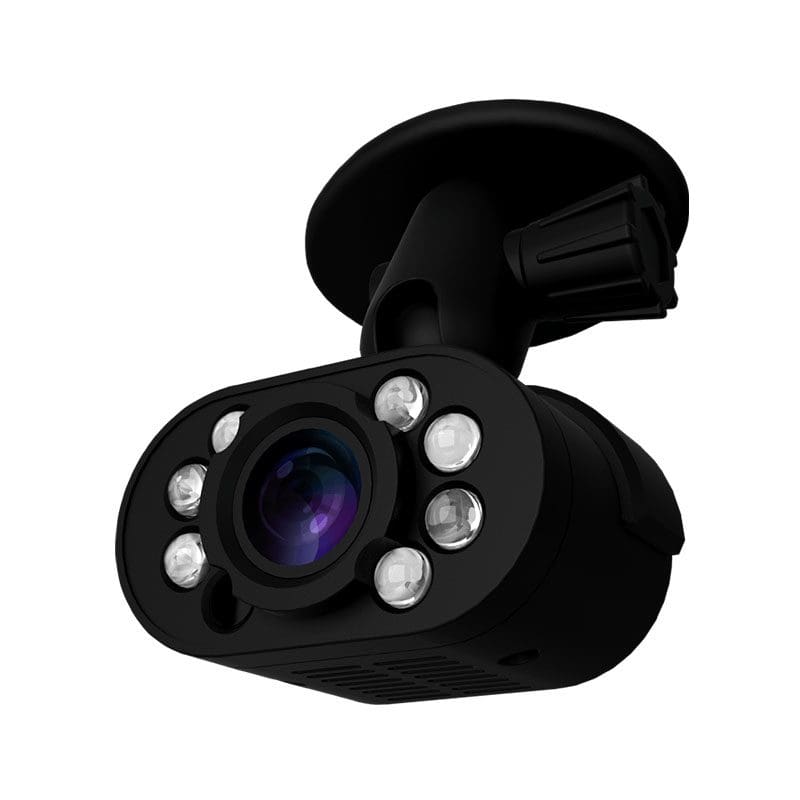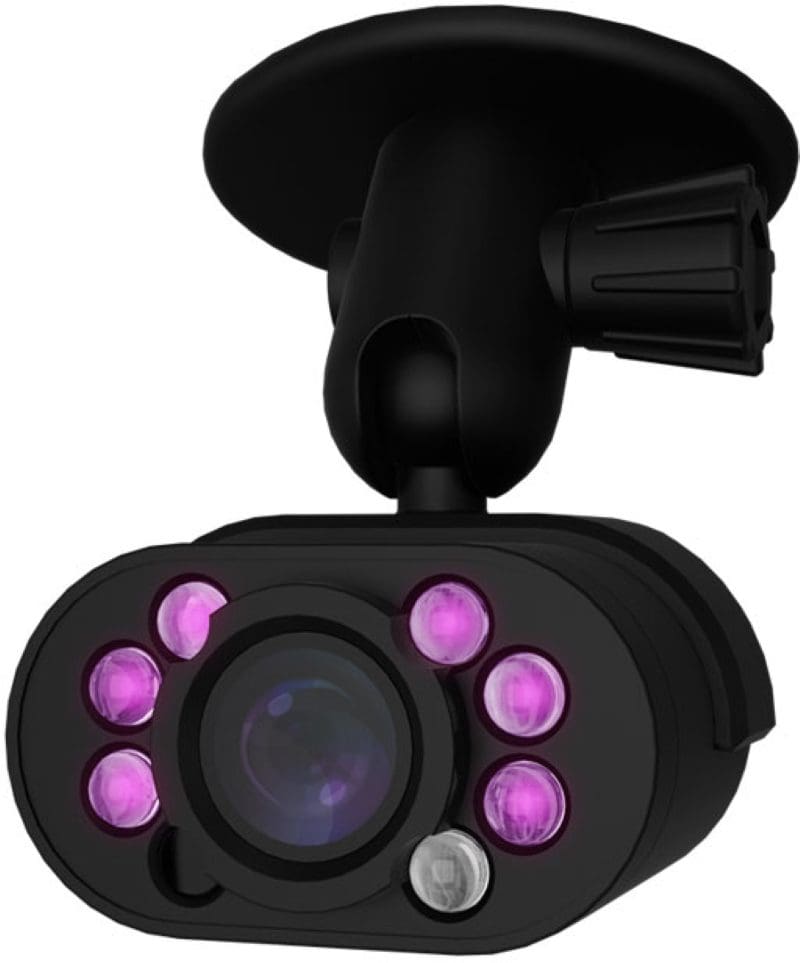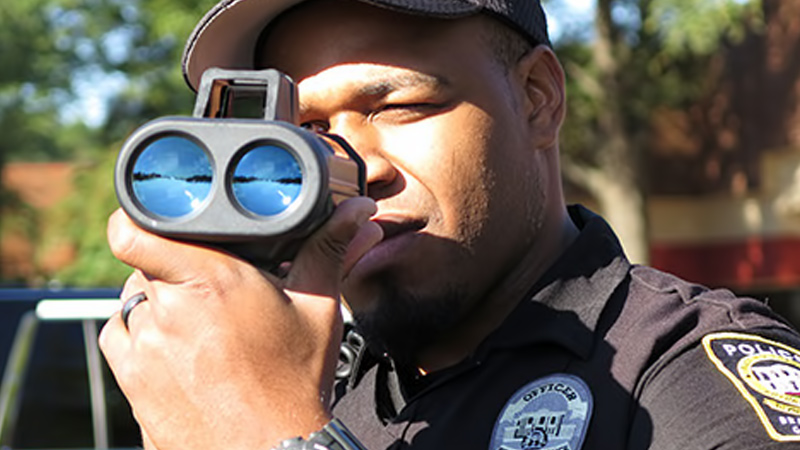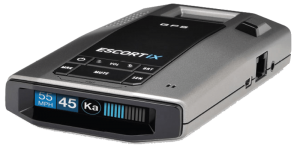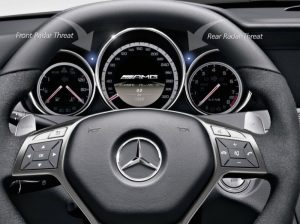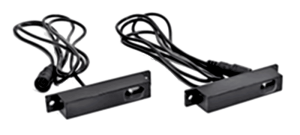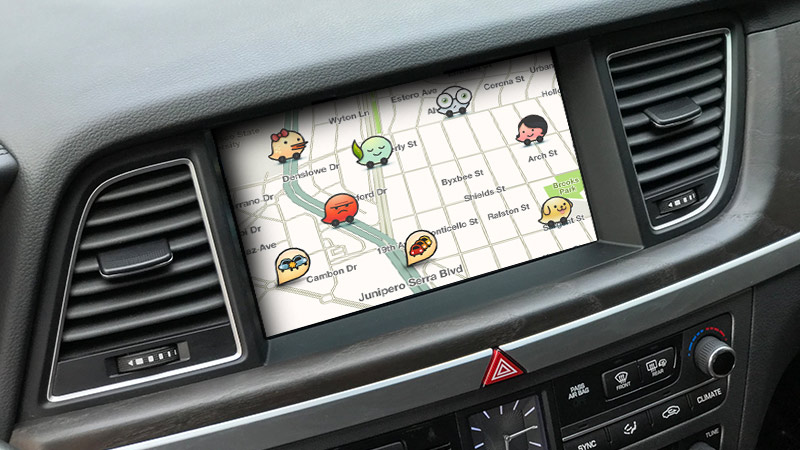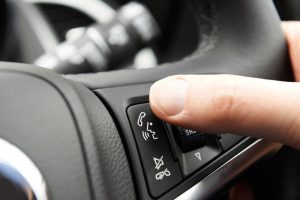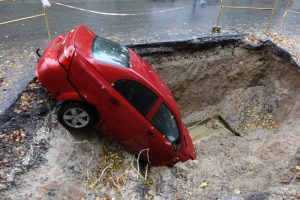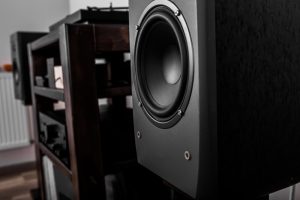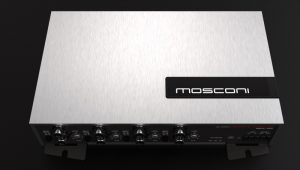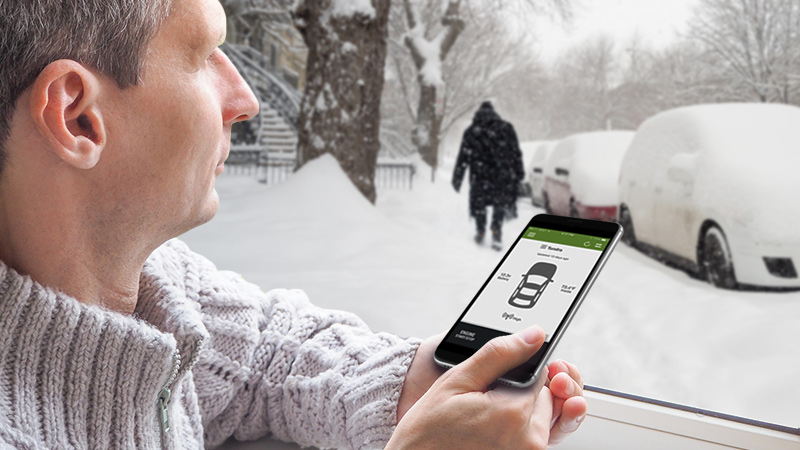 With the colder weather upon us, the mobile electronics industry is shifting its focus from audio systems to remote car starters. When it comes to buying a remote car starter, the biggest decision consumers have to make is how much range they need. If you are looking for the ultimate in convenience, a telematics system that uses your smartphone to communicate with the remote starter system is the epitome of control solutions. Let’s look at how smartphone control systems work and some of the options they provide.
With the colder weather upon us, the mobile electronics industry is shifting its focus from audio systems to remote car starters. When it comes to buying a remote car starter, the biggest decision consumers have to make is how much range they need. If you are looking for the ultimate in convenience, a telematics system that uses your smartphone to communicate with the remote starter system is the epitome of control solutions. Let’s look at how smartphone control systems work and some of the options they provide.
How Smartphone Remote Starters Work

A remote car starter is, in concept, a very simple premise. Pressing a button on a radio-frequency remote control tells a control module (or two) in your car, truck or SUV to start. A limitation of this technology is range – that’s the distance between you and your vehicle where commands from the remote work reliably. If you are farther away than your remote control allows, your vehicle won’t start.
A few years ago, someone came up with the idea to use a cellular radio to transmit information to and from your remote car starter system. This cellular radio uses the same technology as your cell phone but foregoes the ability to transmit audio. Pressing a button on your phone’s screen transmits a command to the system’s network server using your cellular data connection. The server authenticates your user account, then forwards that command to the cellular radio in the car through a cell phone carrier. Once the module in the car receives the signal, it tells the remote car starter to begin the starting sequence. While this sounds complicated, the entire process typically takes less than 20 seconds.
Two-Way Communication
Once the car starts successfully, the control module in the car sends a confirmation back to the server, which relays that message to the app on your phone. The application will display an icon or message that shows the vehicle has started. This bidirectional confirmation lets you know when your vehicle has completed any requested task. Door locking, unlocking, power trunk release and system auxiliary outputs are controllable from within most applications.
Added Features and Functions
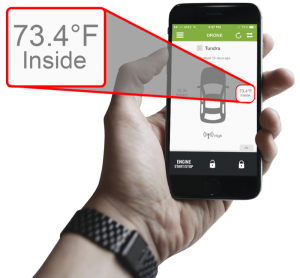 Once you have the control module in your vehicle, many additional functions can be performed. While some remote starter systems require additional hardware, you can usually check the temperature of the vehicle interior or request the vehicle’s battery voltage from the app.
Once you have the control module in your vehicle, many additional functions can be performed. While some remote starter systems require additional hardware, you can usually check the temperature of the vehicle interior or request the vehicle’s battery voltage from the app.
Some premium control modules include a compact GPS receiver. Pressing a button on the smartphone app will send a request for the GPS receiver to provide the vehicle location. The app will display the location on a map and will typically include the vehicle’s speed and heading. The location is typically accurate to within a few meters and can be as detailed as letting you know which side of your driveway the car is parked on.
Security Features
Most applications include the ability to configure alerts that use location information. Geofencing will send you an alert if your vehicle enters or exits a preset area. Perhaps one of your kids is supposed to stay within the city limits when he or she borrows a vehicle. Some systems provide automatic alerts if the vehicle changes location without having been unlocked first. This warning is often a sign that someone is trying to tow your vehicle.
Most cellular control modules will work with security systems as well. You can arm or disarm the system using the app. If the alarm is triggered, a warning will be displayed on your phone in seconds. Some systems can be configured to send a text message and an e-mail as well.
Do I Have To Worry About Range?
The beauty of using the cellular communication network is that there is no real limit to how far away you can be from your vehicle. As long as your phone and the vehicle are in an area covered by cell towers, you can be across the street or across the country and still be able to communicate with your remote starter. In fact, your vehicle could be parked at the local airport and you could be sitting poolside in the tropics. As long as you have cell phone access, you are connected.
Is There a Cost Involved?

Manufacturers of these smartphone control modules use third-party cellular networks. As such, they have to pay for that usage. This cost is passed on to the consumer. Most service plans start around $6 a month for basic remote control function coverage. These basic plans include locking, unlocking, remote starting and control of auxiliary outputs. There are typically discounts for yearly or multi-year subscriptions.
For systems with GPS functions, plan pricing starts at about $8 a month. These premium services add vehicle location and speed requests, over-speed alerts and the aforementioned geofencing features.
Are These Tracking Systems?

While any of the GPS systems can certainly provide the vehicle location at a moment’s notice, these systems operate differently than a classic tracking system. Modern tracking systems automatically transmit their location to the host server every few minutes. Depending on how the information will be used, the frequency of these transmissions varies between 1 and 20 minutes while the vehicle is in operation. Tracking solutions designed for corporate applications can track mileage and idle time and can help manage maintenance schedules. A few systems include logic to identify aggressive driving behaviors to assist in driver coaching.
Remote Starter Smartphone Control Is Here Now
Many manufacturers offer integration with smartwatches like the Apple Watch. The app on the watch relays information to the phone, and subsequently, on to your vehicle. Alerts from the vehicle are, of course, displayed on your watch.
Several companies are working to integrate Google Home and Amazon’s Alexa and Echo voice control into their telematics systems. Currently, there are safety issues around appropriate security and authentication processes, but being able to lock and unlock your vehicle is as simple as saying, “OK, Google, unlock my car.”
Visit Your Local Mobile Electronics Specialty Retailer Today
If you are interested in a telematics system for your car, truck or SUV, drop into your local mobile electronics specialty retailer. Ask them about adding a remote car starter or security system with smartphone control to your vehicle. They will be able to explain all the options and let you know what the cost will be. With your smartphone able to control your vehicle, locking keys in the car or not having enough range on your remote starter will never be a concern again.
This article is written and produced by the team at www.BestCarAudio.com. Reproduction or use of any kind is prohibited without the express written permission of 1sixty8 media.
